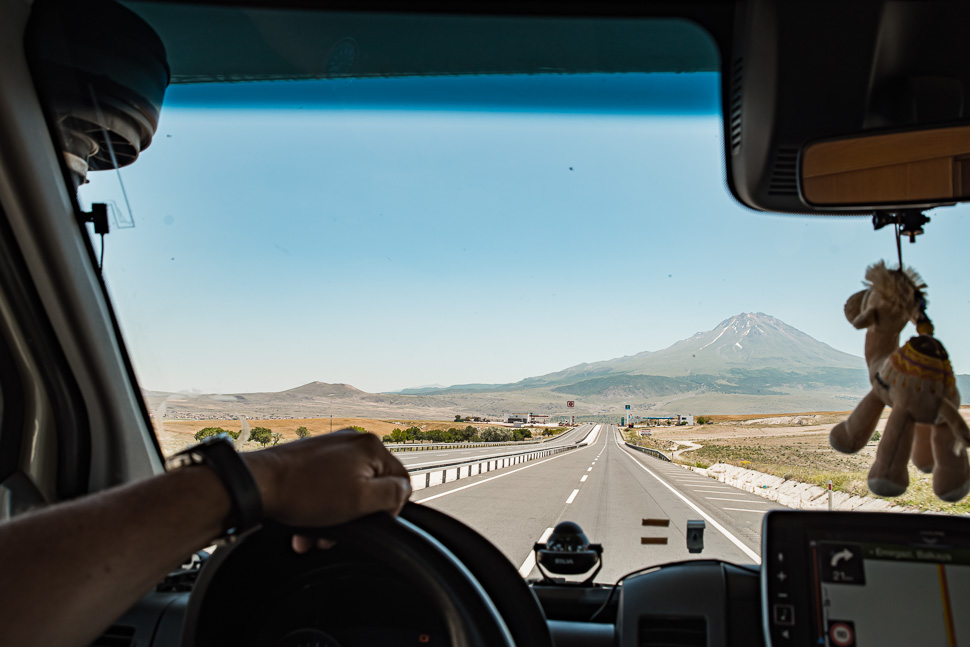
From Ihlara, we drove past Aksaray, where we went to the Sunday market and a great bakery. Further south, we stopped at something which looked like a volcano from the road. Finally, we reached the Meke Gölü, a crater lake, or for the moment a crater without a lake.


At Meke Gölü, a lake was formed by the flooding of the crater of an extinct volcano, which took shape about 4 million years ago when the volcano erupted. About 9,000 years ago, a second eruption formed another volcanic cone inside the lake. And 5 years ago, the lake dried up, leaving a salt crust behind. Maybe there is still a lake inside the inner crater, we didn’t find out.
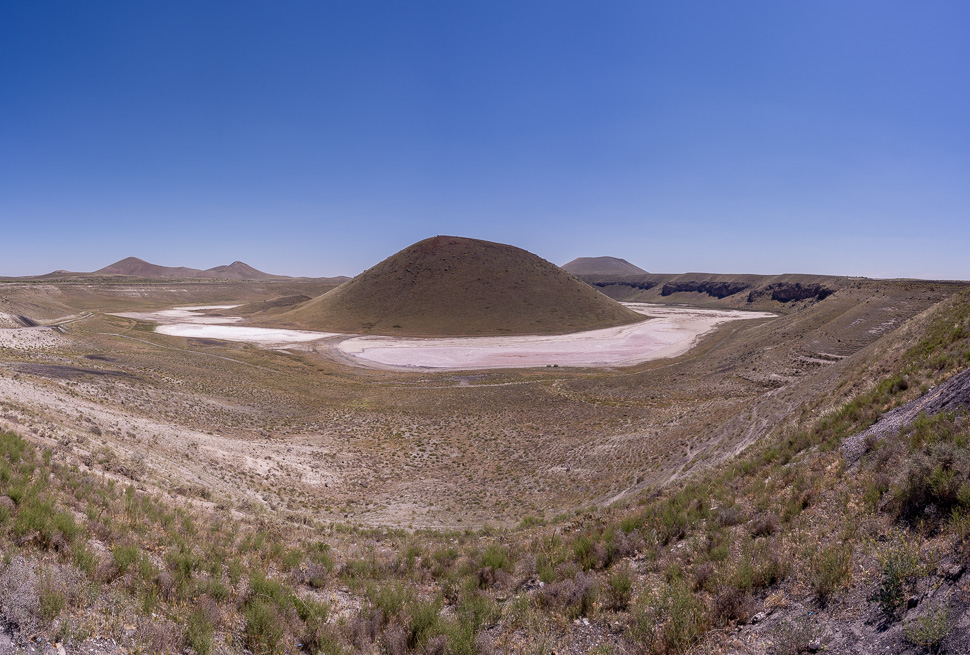
We drove around the crater and left the area to get to Catal Höyük, a very large Neolithic settlement, which existed from approximately 7500 BC to 6400 BC. On Monday, the museum isn’t open, so we had to get there in time before the museum would close on Sunday afternoon.
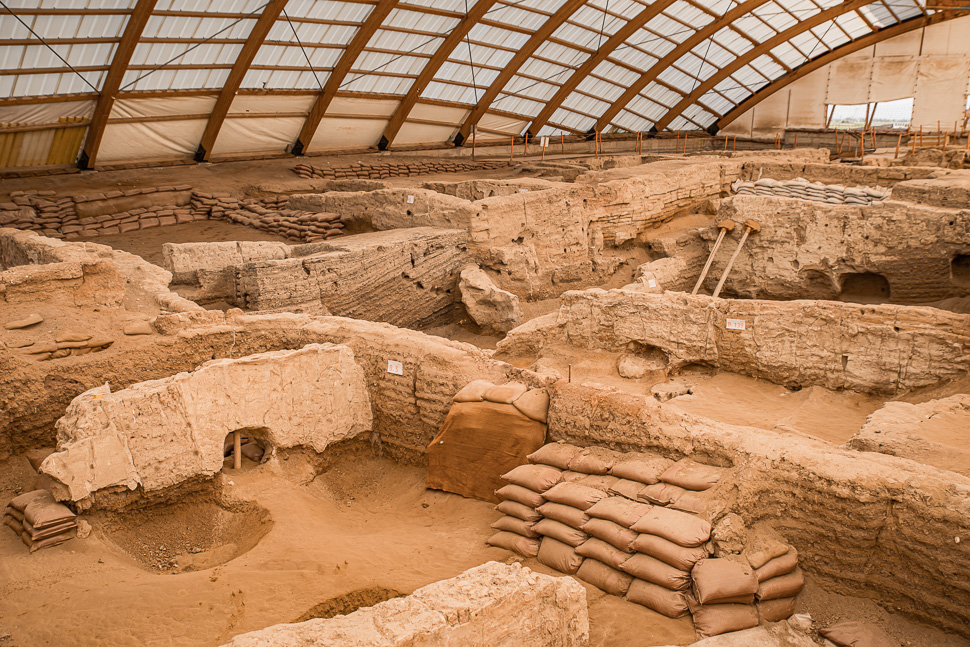


The inhabitants lived in mud brick houses with no footpaths or streets between the dwellings, which were clustered in a honeycomb-like maze. Most were accessed by ladders through holes in the ceiling. The rooftops were used like streets, and many daily activities may also have taken place there. The main rooms contained raised platforms which have been used for sleeping and other domestic activities. All interior walls and platforms were plastered to a smooth finish and many wall paintings could be found during the excavations as well as decorations with bull heads.


Archaeologists found very little rubbish in the buildings. It looks like all the rooms were kept scrupulously clean. Outside the ruins, they found middens with sewage and food waste, as well as significant amounts of ash from burning wood, reeds, and animal dung.

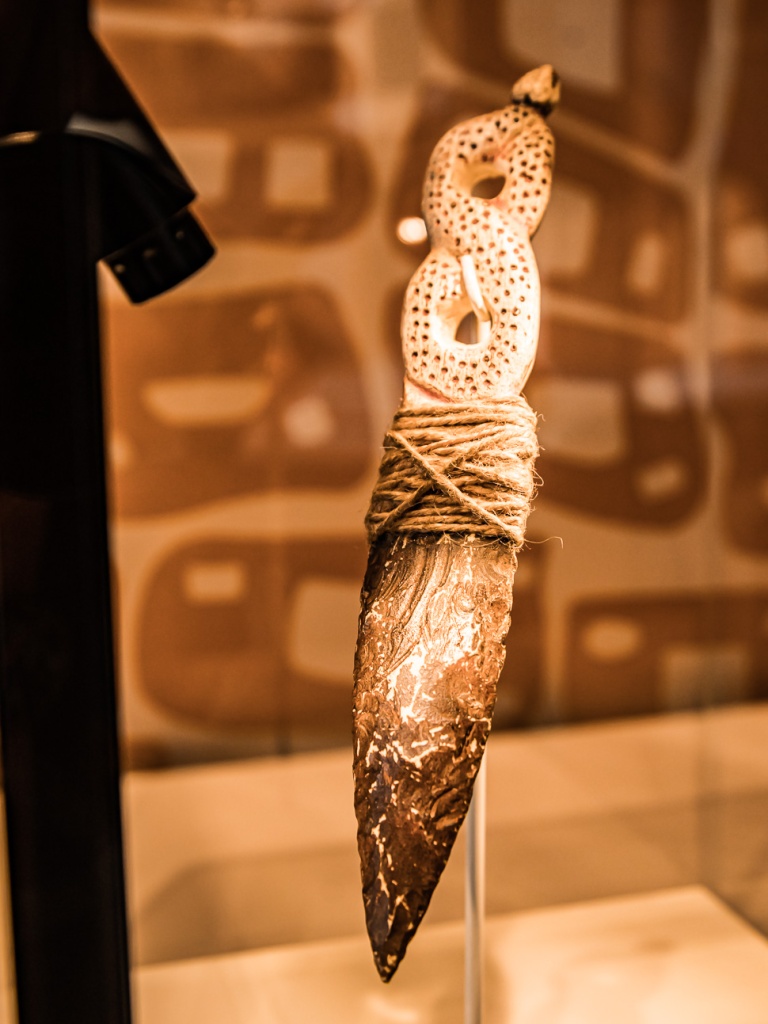
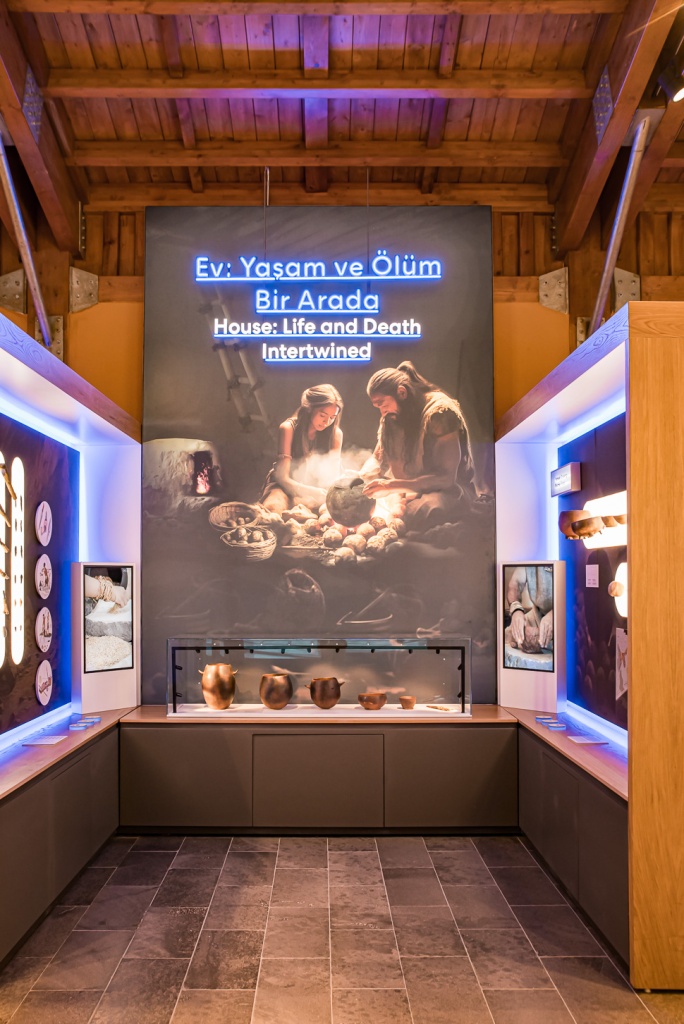
The very modern museum was a delight. The findings of Catal Höyük are well presented, and it was very informative. For sure, highly recommended!
We slept at the parking of the museum that night, which we had to ourselves after the museum was closed. The next day, we were finally driving to the coast, stopping at Alahan Monastery.
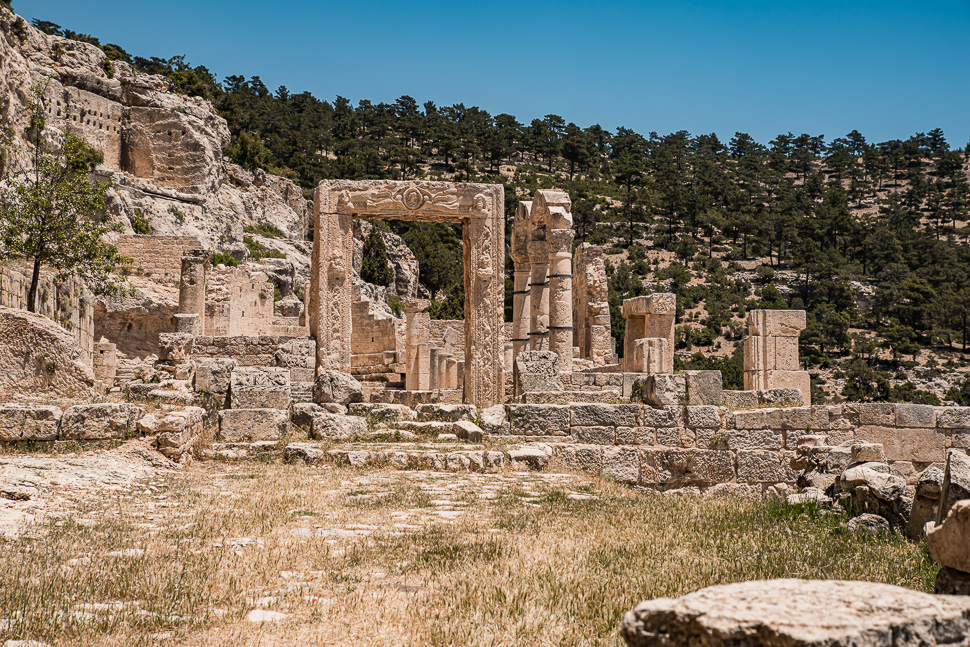
A monastery or a pilgrimage shrine was built high up on the mountains during the 5th century AD. The complex is an example of expert stonemasonry. Alahan is a key site in the history of early Byzantine architecture, half a century before the great achievements in Constantinople.
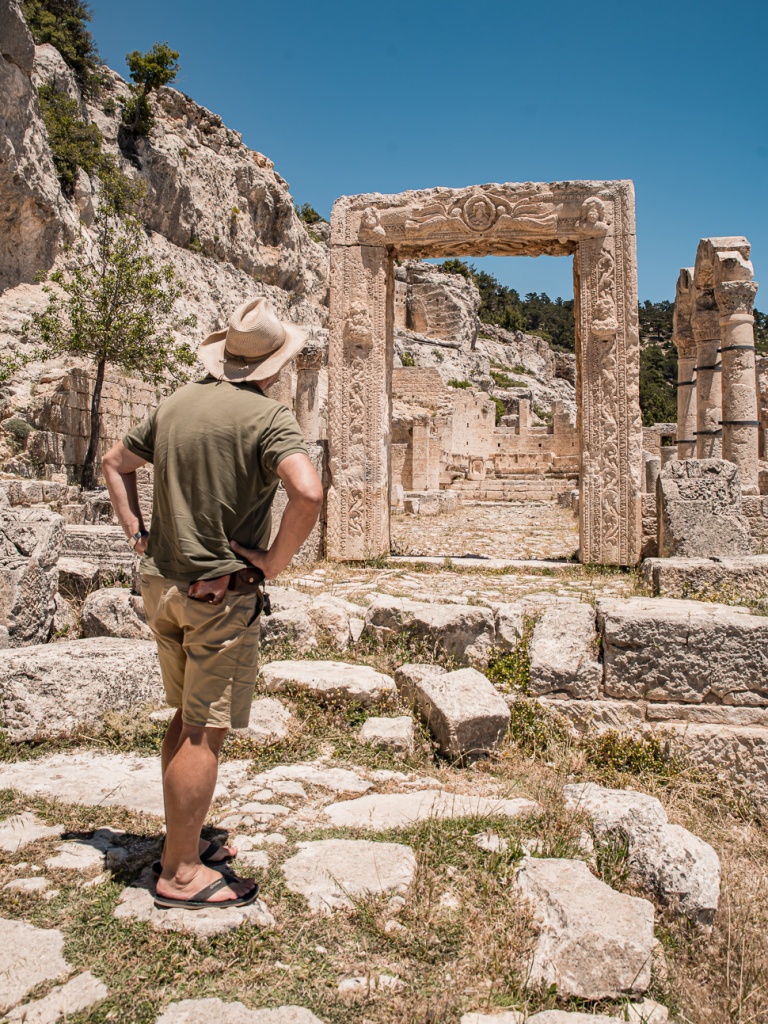

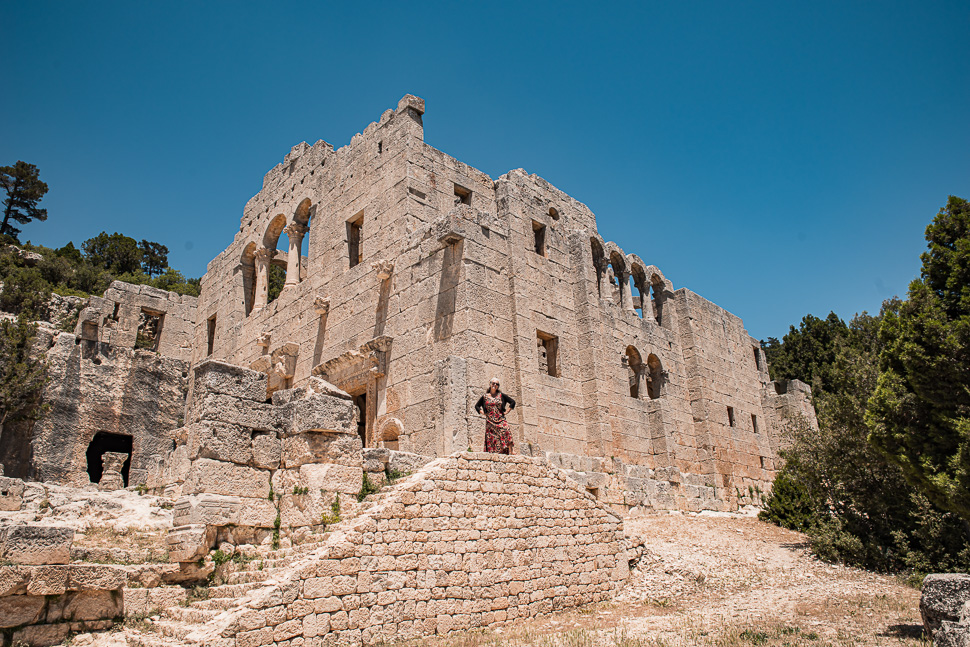
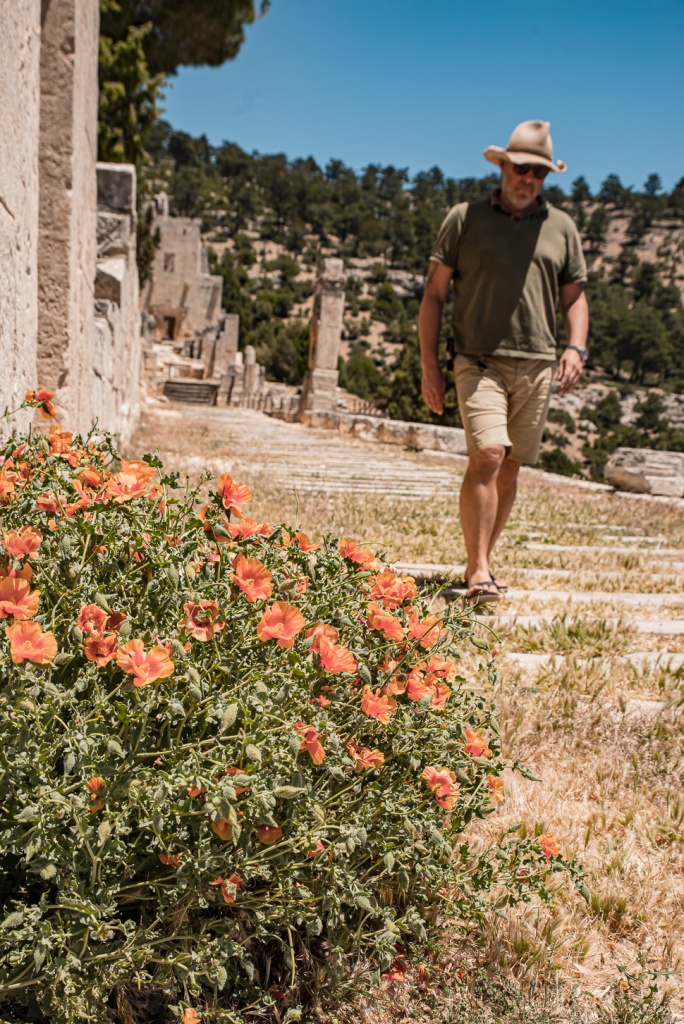
In the afternoon, we reached Tasucu, where we booked the ferry to Cyprus for the next day.
